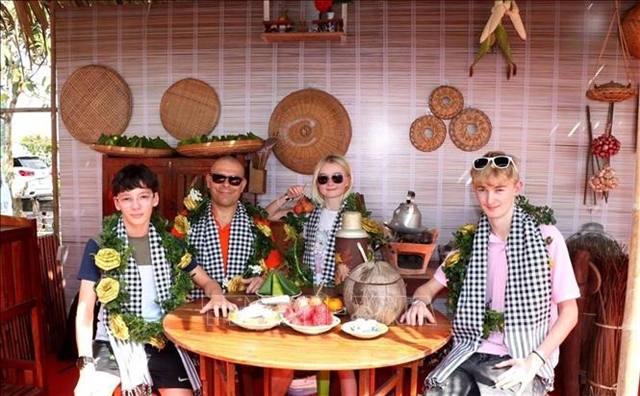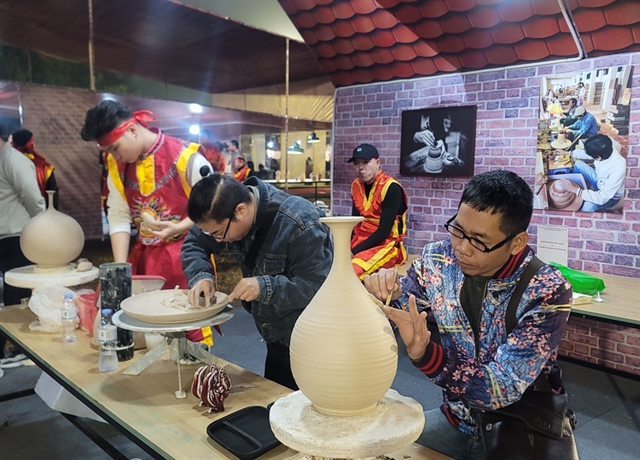 Life & Style
Life & Style

During my recent trip to the northwestern province of Điện Biên, I was blown away by the unique flavour of mắc khén (the Thái ethnic group’s wild pepper) in dishes such as gà nướng (grilled chicken).
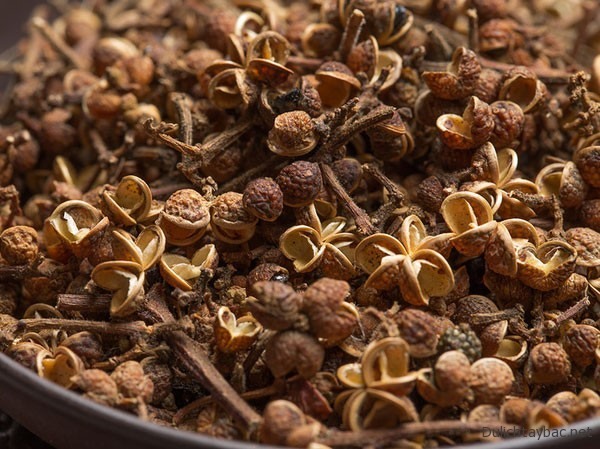 |
| Smell the flavour: Mắc khén is a key spice for Thái ethnicity people. — Photos monngondienbien.vn |
Hồ Hoàng
During my recent trip to the northwestern province of Điện Biên, I was blown away by the unique flavour of mắc khén (the Thái ethnic group’s wild pepper) in dishes such as gà nướng (grilled chicken).
When we arrived at Noong Chứn Village, Lò Thị Định, a local woman who is an owner of a homestay, said since her village became a tourist destination in 2004, visitors have enjoyed the traditional flavours of the Thái.
She was right. The smell of fragrant flavours led us to a wooden charcoal oven of gà nướng mắc khén, which was turning light red and yellow.
None of us had smelled such a flavour before, with a sweet and hot smell that captivated the nose.
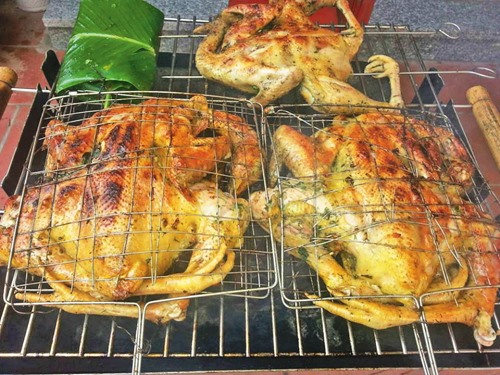 |
| Cooking up a storm: Grilling gà nướng mắc khén. |
Định told us the flavour is from mắc khén pepper.
She said the fresh fruits are similar to the pepper. The mắc khén tree grows up to 18m tall in mountains from 500-1,500m above sea level.
“Thái people get the fruits from the forests and hang them in the upstairs kitchen to dry and use it year round,” Định told us, noting it looks like pepper but the fruit is less hot and is lightly fragrant.
Mắc khén is also used for braising and frying dishes as well as for bowls of sauce.
“It is the essential spice of Thái people. As it carries a natural flavour, it also makes visitors and travellers addicted to it,” Định said.
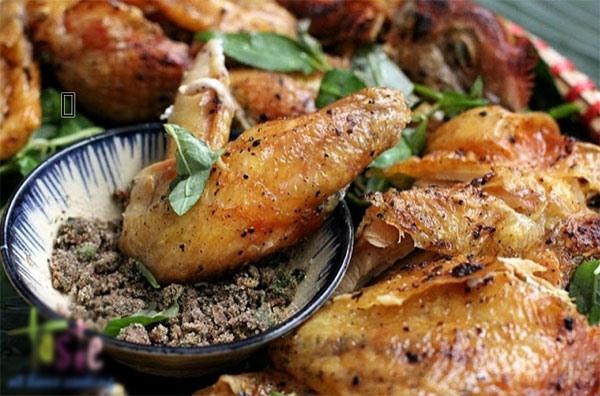 |
| Dig in: The aromatic flavours of gà nướng mắc khén dips with chẩm chéo are tasty. |
After telling us about the fruits, Định brought us a big plate of grilled chicken soaked with mắc khén.
The dish was so delicious that it made my mouth water. The grilled chicken had yellow skin, and the fragrant, sweet and rich flavours of mắc khén, gingers, chilli and lemongrass.
Định told us that to make such a dish, she had to choose a young chicken weighing 1.2-1.4kg mixed with five spoonfuls of mắc khén powder, lemongrass, chilli and salt. It is eaten with coriander, dill and sweet basil.
After two hours, the chicken should be grilled over wood charcoal and turned until it is well cooked, Định said, noting that the second way is wrapping the chicken in four rounds of banana leaves or dong (a kind of wild leaf). The chicken is tied carefully before being buried under fire for half an hour.
“Don’t worry, the chicken will not be burned but become more tasty with aromatic flavour compared with the first way,” she said.
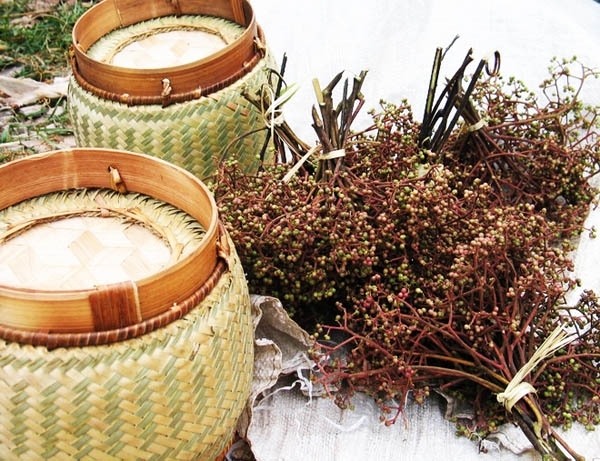 |
| Saucy stuff: Mắc Khén fruits of Thái ethic group are used to make chẩm chéo, a Thai sauce. |
The dish is eaten with chẩm chéo (Thái sauce), a mix of lemongrass, garlic, fresh onion, mắc khén, chilli and coriander.
This traditional sauce is always available in Thái people’s daily meals. Apart from a perfect sauce for gà nướng mắc khén, it can be used as a dip for boiled pork, chicken and vegetables, said Định.
On the next day of the trip, Định gave us pa pỉnh tộp with mắc khén, or grilled stream fish soaked with the fruit powder.
The dish is not difficult to cook but must be made with stream fish and mắc khén from the region, said Định, noting that Thái people use these dishes to welcome dear guests and visitors to the province.
Local herbalist Nông Văn Hải said mắc khén also helps increase resistance to diseases.
“I always encourage my neighbours to keep mắc khén fruits or powder in their home as a traditional herb so that it will be ready to deal with common diseases,” Hải said. — VNS


